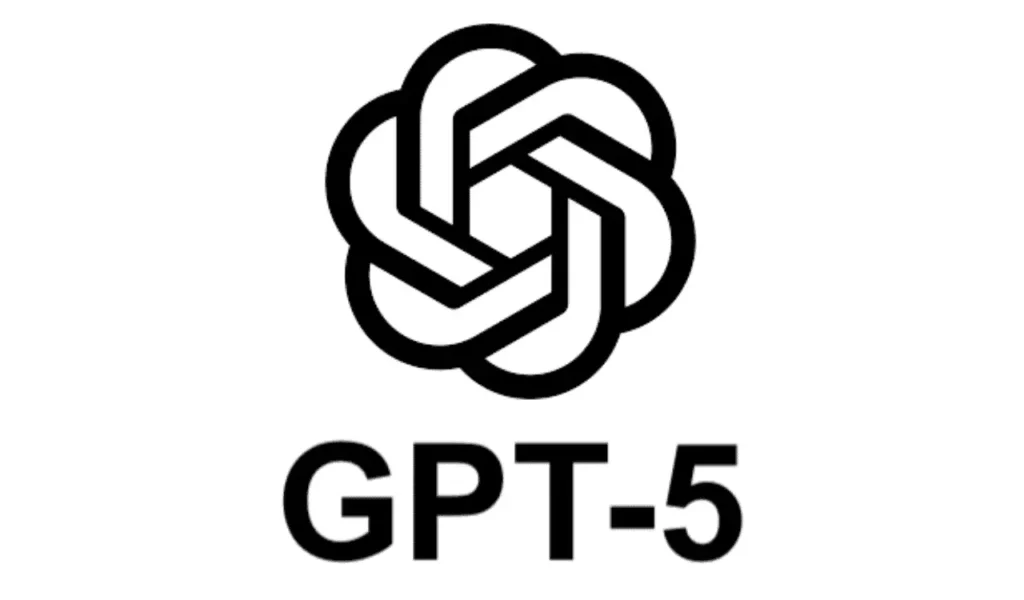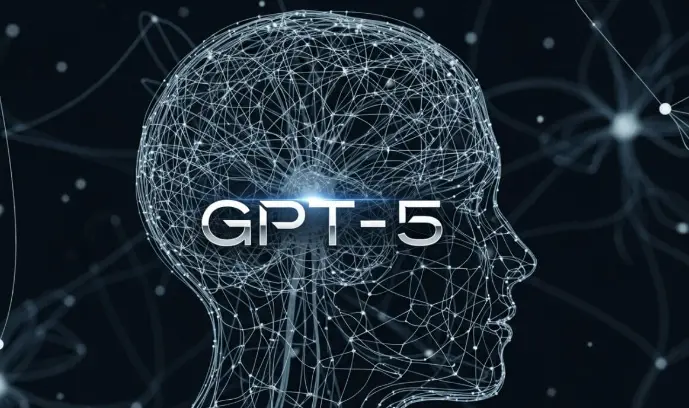OpenAI launched GPT‑5 Launch on August 7, 2025—a multimodal AI model offering deep reasoning, improved coding, safe-completions, and plugin integrations. It balances accuracy and efficiency with advanced features like dynamic routing and custom personalities for users and developers.
KumDi.com
OpenAI officially released GPT‑5 on August 7, 2025, marking a new era in AI innovation. GPT‑5 is a smarter, safer, and faster multimodal model—excelling in complex reasoning, coding, health queries, and creative tasks. Its built-in dynamic routing and personalized interactions make it a standout in the AI landscape.
OpenAI has officially released GPT-5, its most powerful and safest AI model to date. Unveiled in August 2025, GPT-5 introduces advanced multimodal capabilities, smarter reasoning, reduced hallucination, and improved human alignment. Unlike earlier versions, GPT-5 is designed to be more emotionally responsive, context-aware, and able to handle complex real-world tasks at scale.
Table of Contents
Key Features of GPT-5: Smarter, Safer, Multimodal
GPT-5 isn’t just an upgrade—it’s a transformation. Below are the standout features that set it apart from GPT-4o and earlier models:
- Multimodal Inputs: GPT-5 can understand and respond to text, images, audio, and video seamlessly.
- Safe-Completions System: Trained to avoid hallucinations while still delivering useful results.
- Deeper Reasoning Abilities: Designed for medical, legal, coding, and scientific accuracy.
- Custom Personality Profiles: Users can define custom agent behaviors and tones.
- Advanced Coding Proficiency: Achieves industry-leading benchmarks, including SWE-bench Verified and Aider Polyglot.
GPT-5 vs. GPT-4o: What’s Improved?
While GPT-4o brought emotion and voice interactivity into ChatGPT, GPT-5 takes it further with:
- Smarter long-term memory for remembering user preferences.
- Dynamic model switching (a “router model”) for optimized performance.
- Fewer refusals when responding to difficult or nuanced prompts.
- Superior coding and language understanding across 50+ languages.
- Professional integration tools for enterprise users and plugin developers.
How GPT-5 Enhances User Safety and Trust
One of the biggest focuses of GPT-5 is trustworthy AI interaction. It features:
- Balanced Safety Controls: Safer content moderation without over-censoring.
- Privacy-aware architecture: Designed to work well even without storing user data.
- Less political bias and misinformation, based on feedback from regulators and users.
With rising concerns about AGI, OpenAI’s GPT-5 is built as a stepping stone toward safe superintelligence.
Use Cases of GPT-5 in Real Life
GPT-5 is already being integrated into ChatGPT and other products for:
- Healthcare: Responding to complex health-related questions safely.
- Education: Personalized tutoring for students across disciplines.
- Software Development: Writing, debugging, and documenting code.
- Creative Workflows: Generating music, design prompts, video concepts, and storylines.
- Customer Service AI Agents: Offering faster and more empathetic responses.
User Experience: Free vs Paid Access to GPT-5

- Free Tier: Limited access to GPT-4o, not GPT-5 yet.
- ChatGPT Plus ($20/month): Full access to GPT-5 features.
- Enterprise and Teams: Advanced tools and API access with developer flexibility.
GPT-5 also supports custom GPTs, which users can fine-tune to act as personal assistants, tutors, researchers, or companions.
Controversy and User Reactions
GPT-5 has received both praise and scrutiny:
- Praised for safety, reliability, and accessibility
- Criticized by some users for alleged political bias or outdated information
- Developers excited about AI agent creation using new plugin APIs
Still, most experts agree GPT-5 is a major step toward safe, general-purpose AI.
What’s Next for OpenAI After GPT-5?
OpenAI has hinted at a new generation of AI agents and superalignment projects. The roadmap includes:
- Integration with robotics and real-world sensors
- Expansion of voice-interaction systems
- Stronger international compliance and transparency
- Continued work on preventing harmful use of powerful models
GPT-5 may serve as the base layer for early AGI systems, according to industry insiders.
Final Thoughts: GPT-5 Is the AI Milestone of 2025
With its launch in August 2025, GPT-5 represents the future of responsible AI development. It combines raw intelligence, emotional nuance, and safety by design. As OpenAI continues to expand access, GPT-5 is likely to become the foundation of digital tools across health, education, business, and entertainment sectors.

FAQs
What makes the GPT‑5 OpenAI release unique?
The GPT‑5 OpenAI release introduces advanced multimodal reasoning, deep “thinking” mode, safer output with “safe-completions,” improved coding, health, and productivity features.
When did OpenAI launch GPT‑5?
OpenAI launched GPT‑5 on August 7, 2025, making it the most powerful and efficient AI model available across free and paid ChatGPT tiers.
What are the key features of GPT‑5?
GPT‑5 includes dynamic model routing, deep reasoning, reduced hallucinations, expanded context, coding excellence, multimodal input handling, and safety‑first design via safe‑completions.
How does GPT‑5 improve coding performance?
GPT‑5’s coding model achieves state-of-the-art benchmarks like 74.9% on SWE‑bench Verified and 88% on Aider Polyglot, offering clearer, more reliable, and developer‑friendly code generation.
What does “safe‑completions” mean in GPT‑5?
“Safe‑completions” in GPT‑5 balance helpfulness with safety—replying accurately while avoiding refusal or risky content—to provide smarter and more responsible AI responses.





